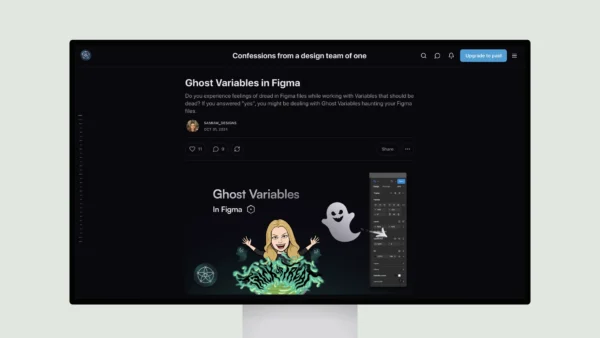Data tables are ubiquitous features in workplace applications, serving as a compact way to display large multivariate datasets. However, designing effective data tables that support common user tasks can be challenging. Page Laubheimer delves into the four major user tasks associated with data tables and how to address them through thoughtful design.
The primary advantages of data tables over other data presentation options, such as cards or dashboards, are their scalability and support for comparison tasks. Tables allow for easy expansion of rows and columns, and users can readily compare data points side-by-side without excessive eye movement or reliance on short-term memory.
Ultimately, Laubheimer emphasizes that tables, despite their utilitarian nature, are essential tools for workplace applications, and their design should prioritize supporting the four major user tasks to ensure an efficient and effective data exploration and manipulation experience.







